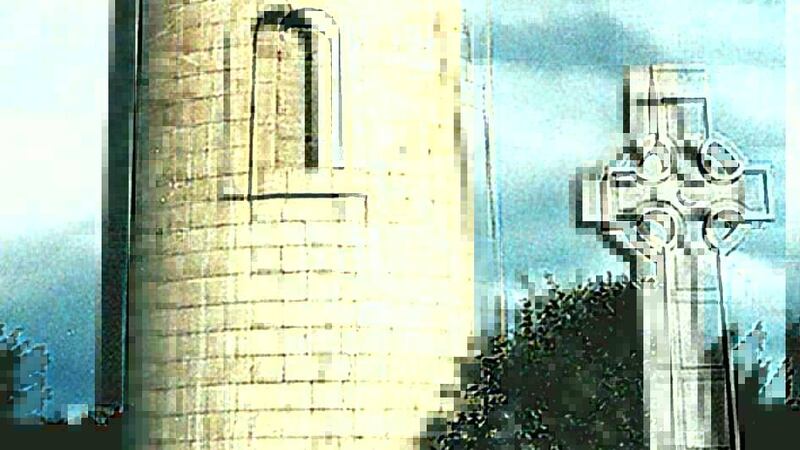A monument built to mark the resting place of Daniel o'Connell which was bombed by the UVF more than 40 years ago is to be restored to its former glory. The n 500,000 (£417,000) specialist restoration project when complete will allow members of the public to walk to the top of the 168ft o'Connell tower in Dublin's Glasnevin cemetery. In January 1971 members of the UVF planted a bomb that caused significant damage to the stairwell of the tomb. The windows and window frames of the tower were blown out by the explosion. It came five years after the IRA blew up nelson's column in Dublin's o'Connell Street to mark the 50th anniversary of the 1916 Rising. Following the attack, Gardai kept a 24-hour watch on the tower. It was part of a spate of loyalist attacks on sacred Irish monuments in the early 1970s. The final resting place of Protestant republican theobald Wolfe tone was also bombed as was the Daniel o'Connell monument on o'Connell Street in Dublin. Known as the Liberator, united Irishman o'Connell was the first Catholic lord mayor of Dublin. Prior to his death in Genoa in 1847 he requested that his heart be buried in Rome and his remains in Glasnevin in Dublin where the tower was built in his memory. A crypt at the foundation of the building contains the sarcophagus of o'Connell. The Glasnevin trust, that helps maintain the historic cemetery has secured planning permission to reconstruct a wooden staircase that will provide access to the four windows at the top of the tower that was first open to the public in 1869. The windows give views that span from Co Meath to the Dublin mountains and up to mountain ranges in Co Louth. Timber used to construct the stairs has already been cut and seasoned so that they won't contract or expand to any great degree when in situ, so as not to damage the tower. The design of the staircase will allow visitors to go up and down at the same time. When it is complete, along with a platform at the top, between six to eight people should be able to take in the view at any given time. Much of the cost needed to restore the historic building has been raised by the trust, with additional funding expected from the private sector. Historian Shane macthomais said that while staying true to the building's history, the staircase will be fitted with additional features in keeping with modern safety requirements. Work is expected to start on the tower in February. Glasnevin cemetery contains the graves of many of Ireland's most prominent figures including Charles Stewart Parnell, michael Collins, eamon de Valera, Arthur Griffith, maude Gonne, Kevin Barry, Roger Casement and Constance markievicz.
